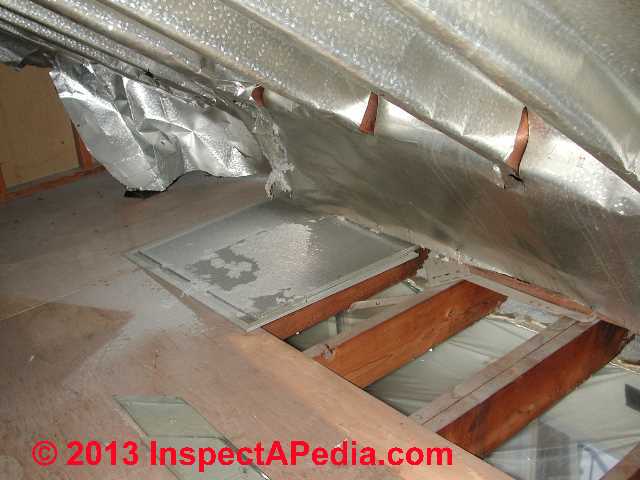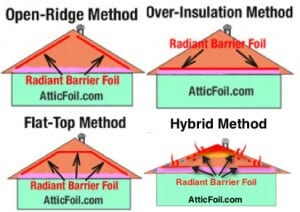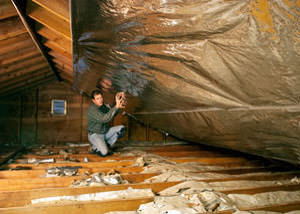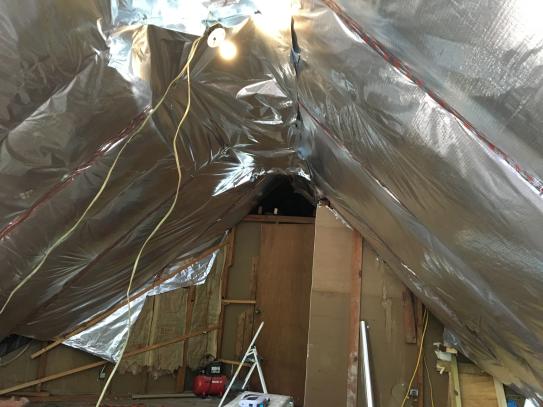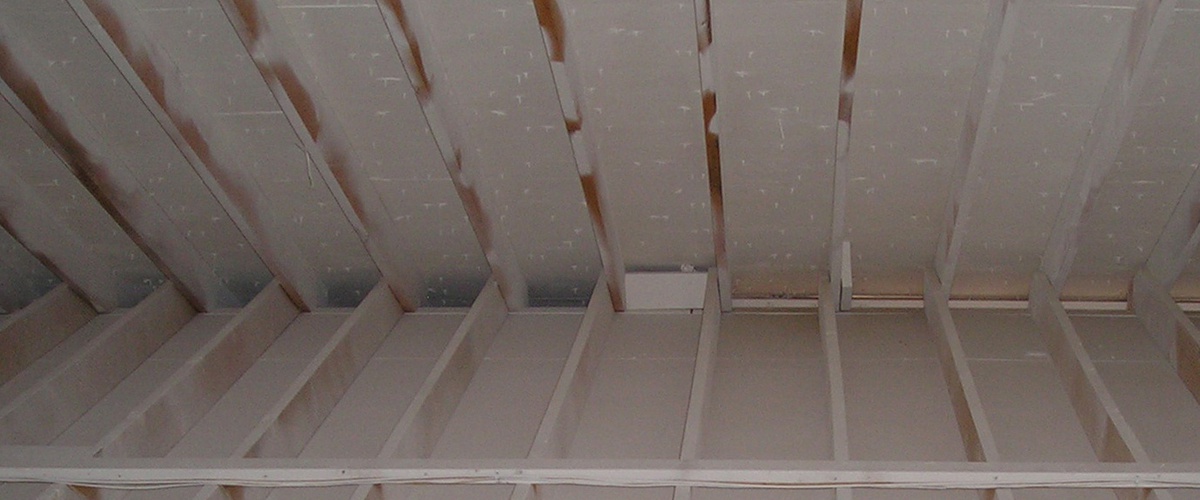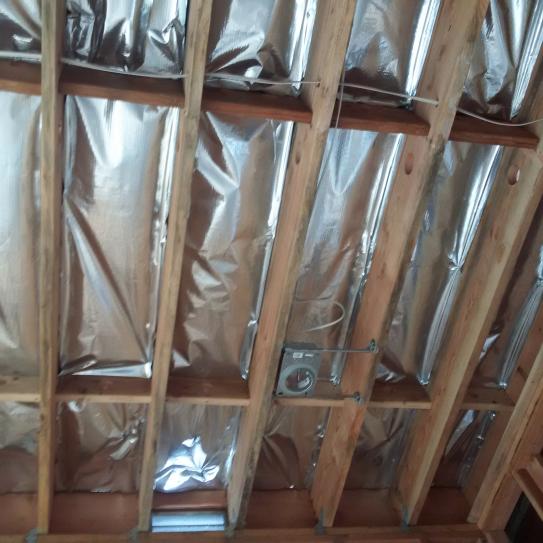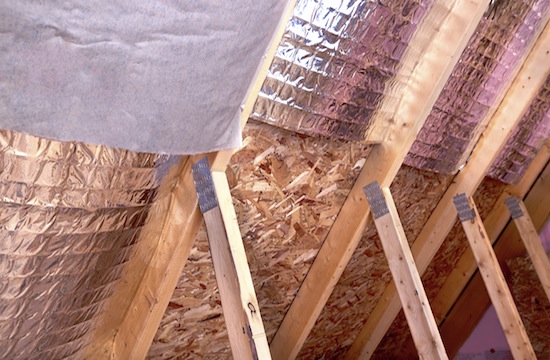Does Reflective Attic Insulation Work
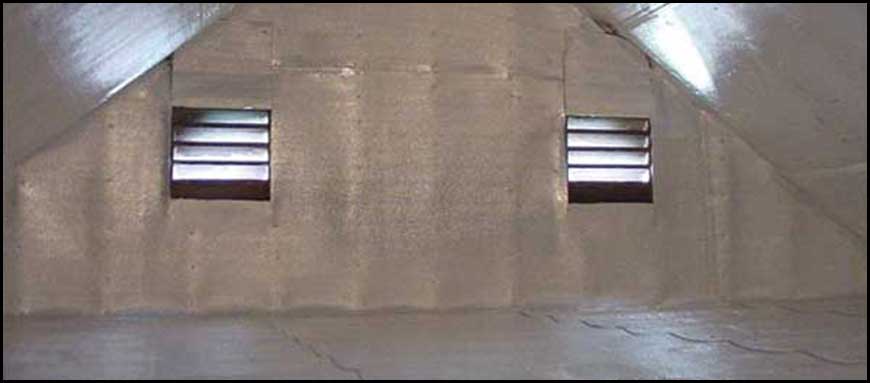
With new types of technology and approaches to keep homes comfortable it s natural to wonder if attic radiant barrier works.
Does reflective attic insulation work. Through conduction the heat travels from the roofing material to the walls of an attic. Reflective insulation systems work by reducing radiant heat gain. Work from the perimeter of the attic toward the door or hatch so that you don t trample all over the insulation you just put in. The hotter it gets the better radiant barriers work.
This reflective foil insulation is really a radiant barrier. Reflective insulation and radiant barriers work well in warm climates particularly in homes with. These thin highly reflective layers aren t designed to slow heat transfer they reflect it away before it radiates into your attic and home. Reflective insulation and radiant barriers work well in warm climates particularly in homes that have.
Dust accumulation on the reflective surface will reduce its reflective capability. Air ducts in the attic. It reflects a very high percentage of heat back to its source. When the sun heats a roof its radiant energy makes the roof itself hot.
The radiant barrier should be installed in a manner to minimize dust accumulation on the reflective surface. Found in major outlets such as in home depot s insulation aisle reflectix comes in tightly spooled rolls of 25 by 2 feet of shiny reflective foil look bubble wrap texture insulation in plastic bags. When utilizing osb radiant barrier sheathing you can reflect up to 97 of solar radiation which translates into an attic heat reduction of up to 30 f. To be effective the reflective surface must face an air space.
This helps keep your home cooler and more comfortable. It isn t the time tested fiberglass rolls of pink insulation. Reflective insulation installed in the attic ceiling reduces the radiant heat transfer from the underside of the roof to the other surfaces in the attic. One way to do that is to lower the need for energy and reflective foil insulations do a superb job of minimizing both heat loss in the winter and heat gain in the summer.
A cooler attic space means less heat moving to the cooler space below the attic. The hot roof material then radiates that gained heat energy onto the cooler attic surfaces. Air ducts in the attic. Reflective insulation installed in the attic ceiling helps reflect sunlight and reduce the radiant heat transfer from the underside of the roof to the other surfaces in the attic.
Always cover the tops of the ceiling joists to make sure the insulation is deep enough to reach your target r value and to prevent thermal bridging the heat loss that occurs through the wood framing.


